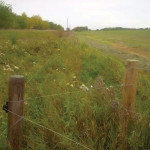
Adding a third dimension to a wildlife barrier fence
While not quite as effective as a tall barrier fence, the 3D alternative is considerably cheaper

Task force meets with public about rural vet services
Rural Veterinary Task Force members say there have been a number of industry changes impacting service demands since the previous system review in 2008
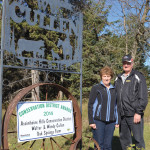
Wawanesa-area producer recognized for conservation accomplishments
Conservation district award winners have worked to preserve waterways through an off-site watering station and dam construction
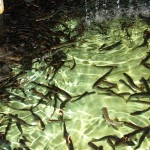
Aquaculture could be big market for camelina
Fish-farming companies are looking for a crop-based alternative to fish meal from wild stocks

Camelina: A viable complementary crop
Boasting a short growing season, minimal input costs and drought tolerance, camelina may be a decent complementary option for Manitoba producers
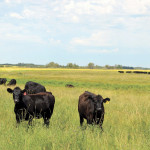
Province to complete transfer of community pastures by next year
The provincial government announced plans to complete the transfer of community pastures to the Association of Manitoba Community Pastures by October 2016

Task force examining rural vet services
The Rural Veterinary Task Force will be holding three public consultations in Dauphin, Brandon and Stonewall beginning on October 20
Liberal and Green Party candidates attend Eat, Think, Vote event
Brandon-Souris candidates discussed the province’s succession crisis, the need for local processing and infrastructure investments

Attitudes toward food — bridging the rural-urban divide
A group of industry panellists says a lack of food literacy in urban centres and an overload of misguided information is furthering the gap between rural and urban residents
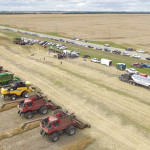
Manitoba producers show support for the Canadian Foodgrains Bank
Manitoba’s rural communities stepped up to improve world food security — and had a blast doing it


